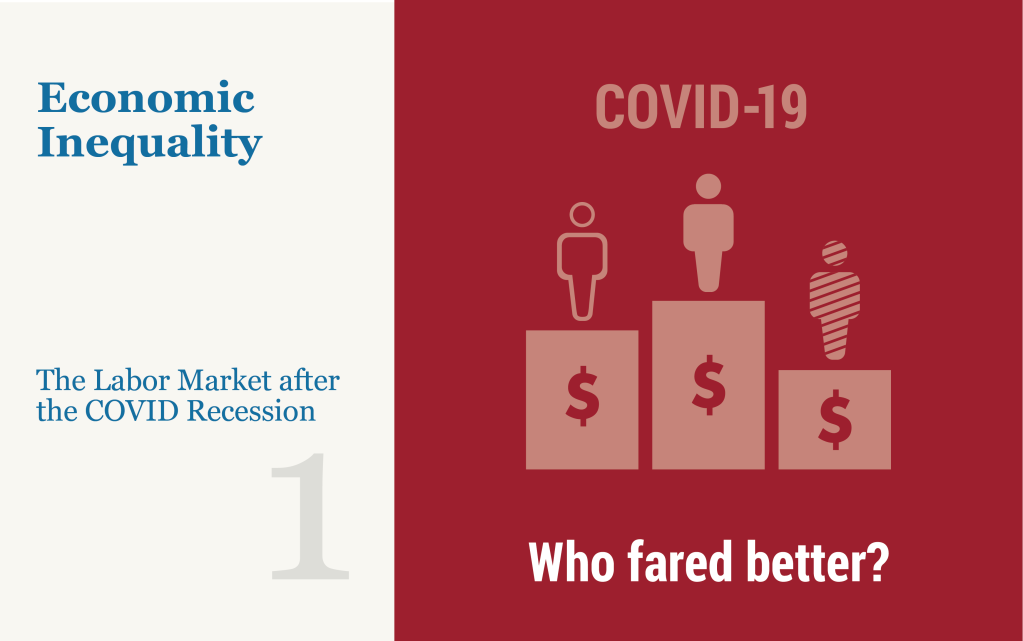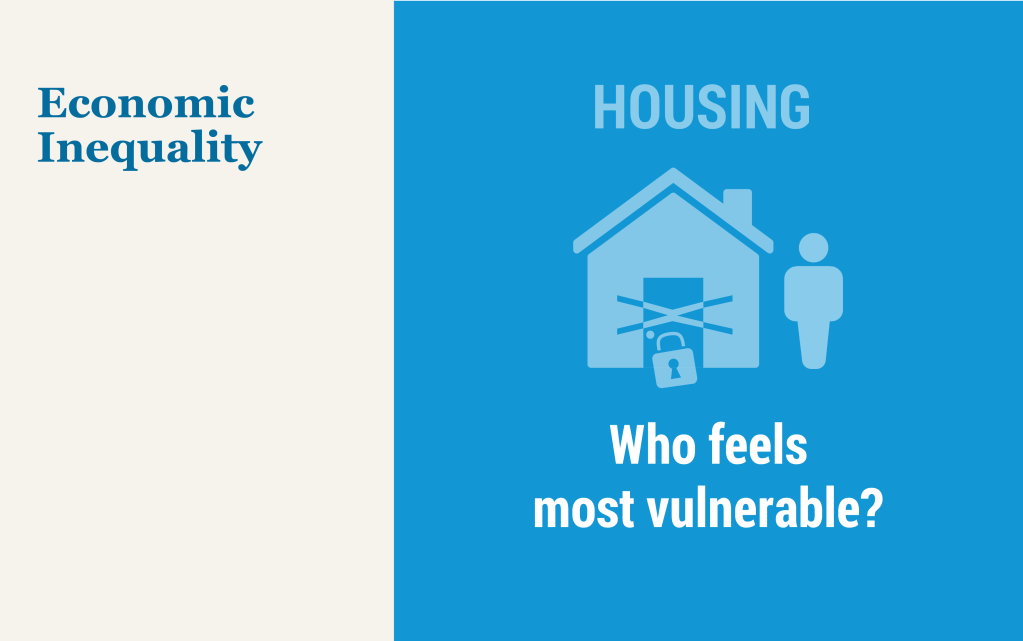
Racial and ethnic earnings disparities have been salient features of the U.S. economy for decades. Between the pandemic-driven recession in 2020 and the rising inflation since 2021, workers’ real and nominal earnings have seen rapid change. To get a sense of how recent economic conditions have affected earnings disparities, we examine real and nominal weekly earnings trends for Asian, Black, Hispanic, and white workers. We find that average real weekly earnings have been declining in the past year, but less so for Black and Hispanic workers than for white and Asian workers. Black and Hispanic workers have also experienced small increases in real earnings since the pre-pandemic period.



















 RSS Feed
RSS Feed Follow Liberty Street Economics
Follow Liberty Street Economics